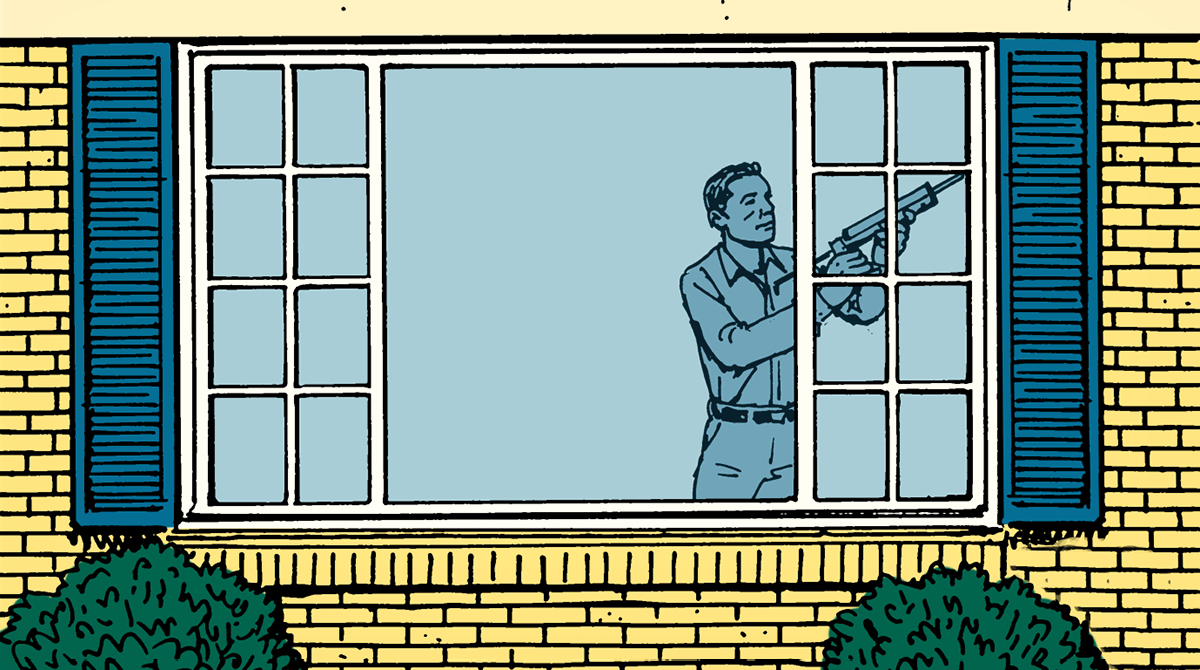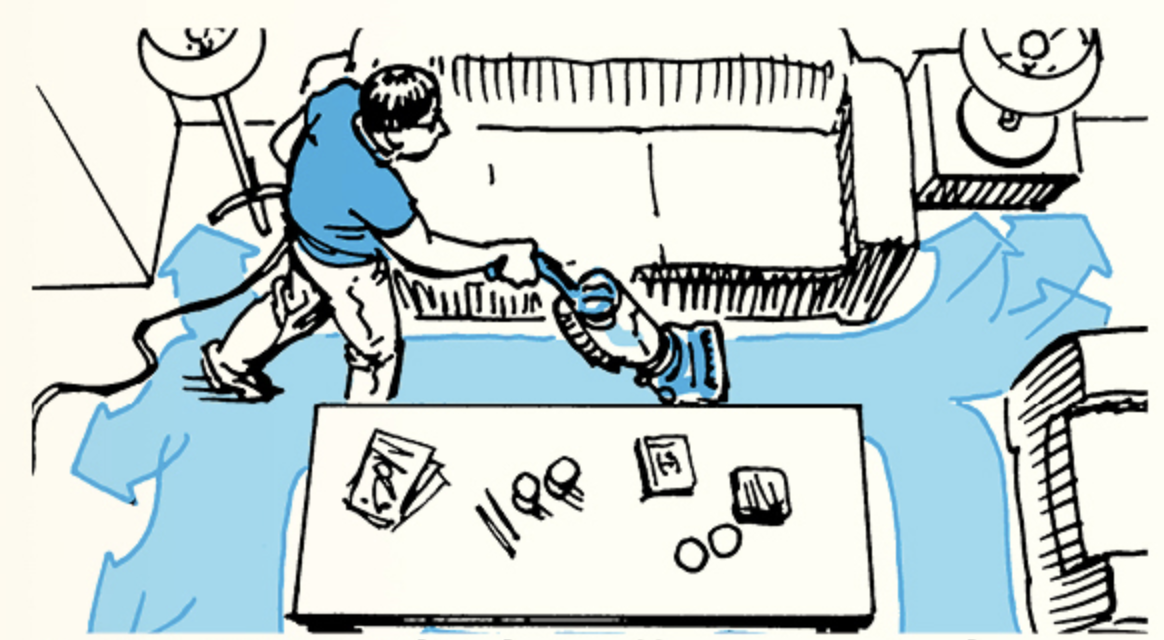
Thanks to an arctic blast sweeping down from the Great North, it’s going to be cold in most parts of the United States this weekend.
Really cold.
Here in Tulsa, OK, we’re expecting lows to get below freezing and highs to be in the teens.
It looks like it will be colder in other parts of the country
This is no great crisis, but severe cold snaps do come with a few dangers to your house and vehicle. Take the below steps to prevent them before frigid temps arrive this weekend.
Your House
An arctic blast can lead to your water pipes freezing and bursting. To avoid paying the emergency fee for a plumber to come to your house to fix your water disaster, take the following precautions:
Keep your cabinet doors open. Keep the cabinet doors in your kitchen, utility room, and bathrooms open. This will allow warm air to circulate below the sinks and keep your pipes warm.
Keep the water flowing. If you’ve got any indoor faucets that are up against the external walls of your house, and those walls aren’t well-insulated, turn those faucets on just enough to get a slow drip going. Make sure you have both the hot and cold water slightly running.
Usually, you want to fix a running toilet. But If you’ve got a toilet up against an external wall during a cold snap, you purposely want to make that toilet run. Here’s how to do it: just put a toothpick or a piece of string beneath the flapper. This will keep the flapper open a hair and keep your toilet running.
Disconnect hoses and insulate outdoor faucets. To prevent outdoor plumbing from freezing during a cold snap, disconnect hoses, ensure outdoor faucets are completely turned off, and insulate your outdoor faucets with a cover.
Know where your water shut off is. In case you have an issue with your plumbing during a cold snap, you’ll want to be able to shut off the water to your house.
In warmer environments, the shut-off valve is often found outside. In colder areas (basically anywhere with an appreciable winter), it’s usually inside, often in basements, laundry rooms, utility closets, etc.
If you don’t know where your water shut-off valve is, figure that out (along with the location of 6 other things every homeowner should be able to find).
Your Car
In below freezing temperatures, your car’s battery loses a third of its power; when the temperature falls below zero, it loses half its power. As the American Automobile Association explains, “as the air outside cools, the oil in your car thickens. Parts move slower, and your battery has to use more power to turn over and start the engine.” If your battery is already old or compromised, freezing weather can cause it to die. To make sure you don’t hear a click the next time you turn your car’s ignition, protect your vehicle’s battery with these steps:
Park your car in the garage. If it’s possible, park inside. This will keep the vehicle’s engine and parts warmer, creating less stress on the battery.
Power everything off. Before you turn off the ignition after your next drive, make sure your headlights, heater, and wipers are turned off, and unplug any USB cords or phone chargers. This will lessen the power surge and subsequent drain on your battery the next time you start up your car.
Follow this advice and our tips for keeping your house warm during the winter, make yourself a cozy (smoke-free!) fire in the fireplace, and review some ideas for indoor family fun, and you should be good in shape for riding out the arctic blast.







